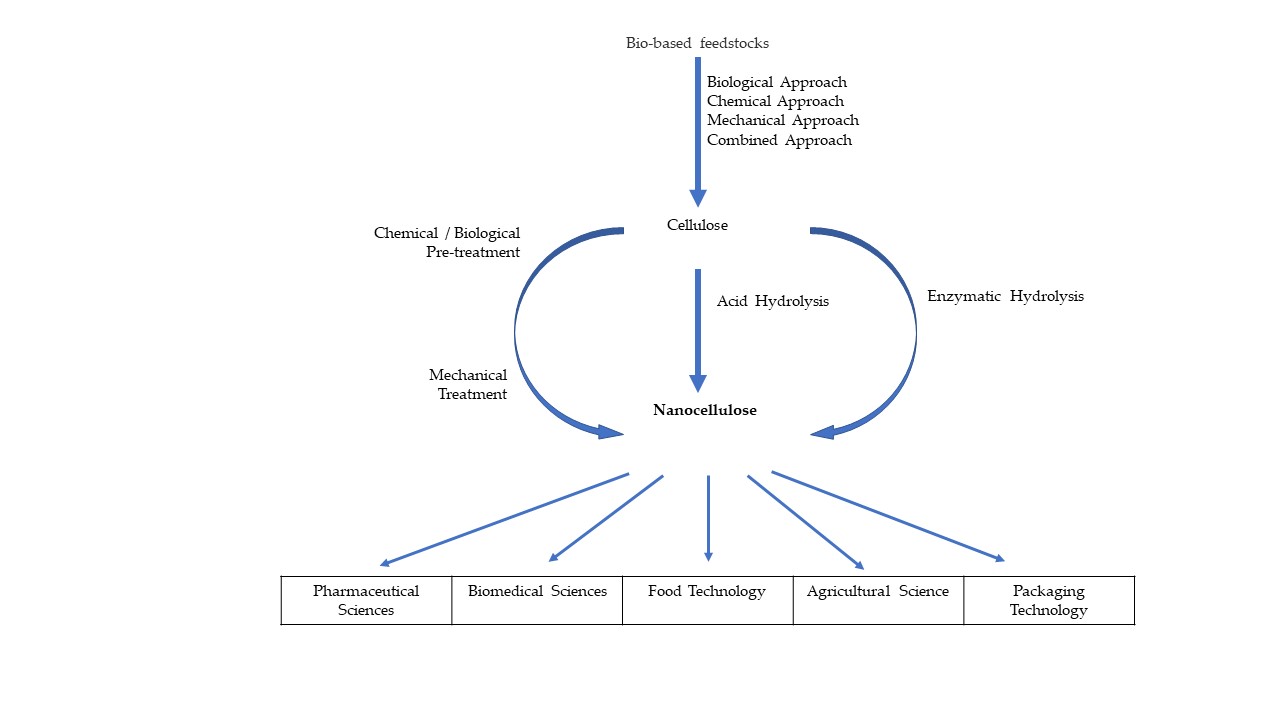Nanocellulose: A potential and versatile ‘Biomaterial’ for futuristic research
DOI:
https://doi.org/10.5530/gjpb.2023.2.4Keywords:
nanofibers, nanocrystals, bacterial nanocellulose, featured biomaterialAbstract
Nanocelluloses are unique biomaterials with combined potential characteristics of cellulose with added features of nanomaterials. Cellulose is one of the most abundantly available natural biopolymers with a wide range of applications in the Pharmaceutical, Biomedical and Agricultural fields. Cellulose from natural sources can be modified by acid hydrolysis or by enzymatic treatment to develop nanostructured cellulose. Based on the condition and method of processing cellulose, nanostructured forms of cellulose can be categorised as nanocrystals and nanofibers. Nanostructured cellulose has created much interest among formulation scientists due to its renewability, biocompatibility, recyclability, least toxicity, better mechanical properties and tunable surface characteristics. Though various methods have been discovered for developing nanocellulose, it still possesses formidable challenges in extraction and modification.
Metrics

Downloads
Published
How to Cite
Issue
Section
License
Copyright (c) 2023 Ajeet Madhukar Godbole, Sandesh Narayan Somnache

This work is licensed under a Creative Commons Attribution 4.0 International License.







